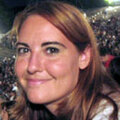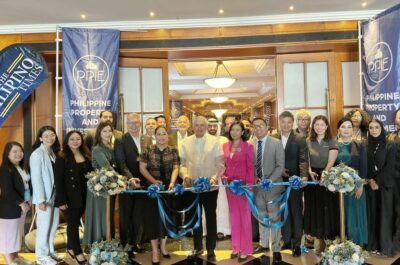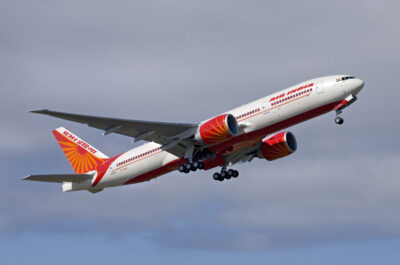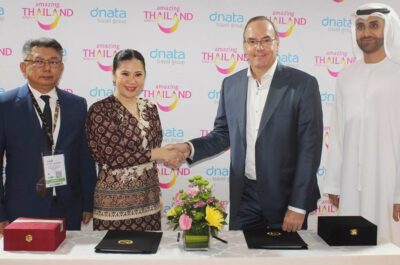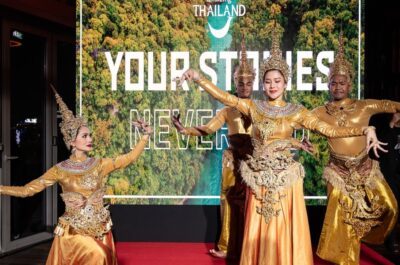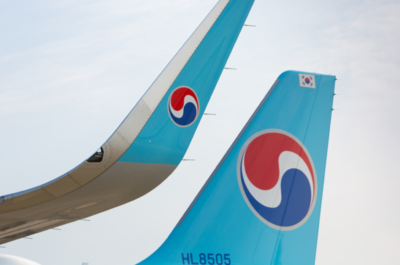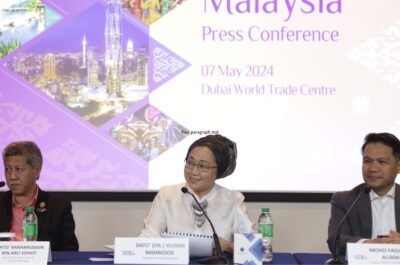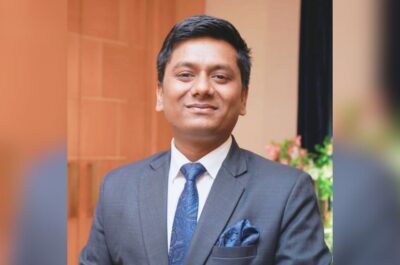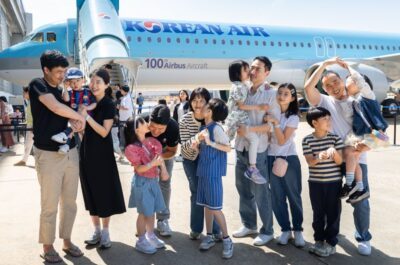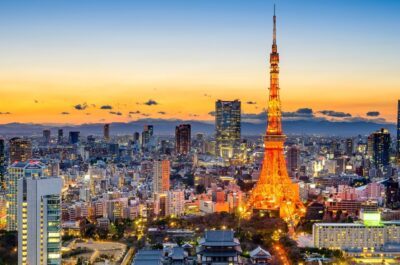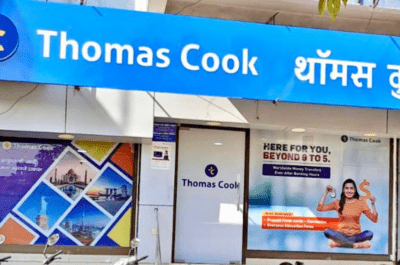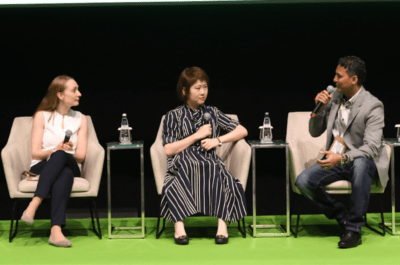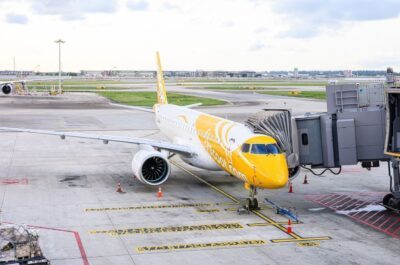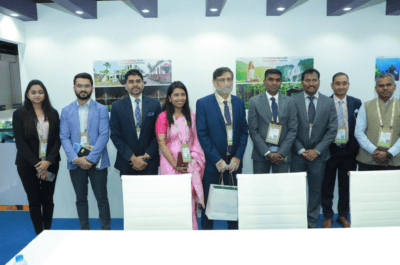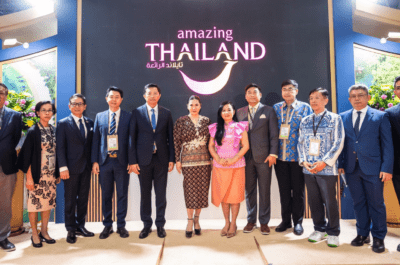…
The Ministry for Health, Welfare and Family Affairs of South Korea announced Monday that it was restricting the number of sickbeds at large general hospitals available for foreign patients to 5 percent of the total. Foreign residents here will be excluded from the quota.
Since most foreign patients flying to Korea for treatment require hospitalization for an average of eight days, the regulation will restrict prestigious hospitals attempts to attract medical tourism.
Those subject to the restriction are Seoul National University Hospital, Yonsei Severance Hospital, Asan Medical Center, Samsung Medical Center, Kangnam St. Mary’s Hospital and 39 others, including regional national hospitals. Others can admit as many as they wish.
The government explained that the quotas were aimed at providing quality services for “a reasonable number of foreigners coming to the country for treatment,” and ensuring there was enough space for domestic patients. There have been concerns that the aggressive attraction of foreign patients who are not covered by health insurance will make hospitals disregard domestic demand because the former are more profitable.
“These days, only 89.2 percent of sickbeds at these large general hospitals are occupied, which means 10 percent of beds are left for foreigners,” Jung Yoon-soon, a ministry official, said. “Moreover, we expect most of these patients will use single rooms, which Koreans do not use often,” he said, when asked whether Koreans will not suffer from a lack of beds”.
The ministry expects such plans to boost medical tourism, which the government has been seeking as a new growth engine. About 25,000 foreigners visited Korea for medical services, including plastic surgery and dermatological treatment, last year, according to the Council for Korea Medicine Overseas Promotion. The number is expected to jump to 40,000 this year.
“Korea is said to be less expensive than the U.S. and other so-called developed countries, but our doctors’ skills are also said to be the best in Asia,” Lee Gang-hee, a ministry official said.
Until recently, the majority of “foreign patients” in Korea have been of Korean heritage with foreign citizenship and used Korean-American travel agencies to visit Korea for treatment only, but the industry is now combining such services with tourism.
The council, with 35 membership hospitals, ranging from plastic surgeons to general hospitals, has set out to join hands with large tourists agencies to attract foreigners. Major hospitals such as Hanyang University Hospital, Kyung Hee Medical Center and others have contacted foreign agencies and set out to attract foreign medical tourists as well.
Hospitals with more than one professional consults will be able to register as professional medical facilities for foreigners. Management should have at least 100 million won in capital and hold 300 million won for guarantee insurance for more than a year and report progress annually to the health ministry.
Some questions remain unanswered. Will many foreigners visit Korea knowing that they may not be treated by the so-called best doctors at large general hospitals? Will these restrictions strike a balance between Korean and foreign patients?
“We are still in the early stages and will sort things out step by step,” Lee said.
Tatiana is the news co-ordinator for TravelDailyNews Media Network (traveldailynews.gr, traveldailynews.com and traveldailynews.asia). Her role includes to monitor the hundrends of news sources of TravelDailyNews Media Network and skim the most important according to our strategy. She holds a Bachelor degree in Communication & Mass Media from Panteion University of Political & Social Studies of Athens and she has been editor and editor-in-chief in various economic magazines and newspapers.














